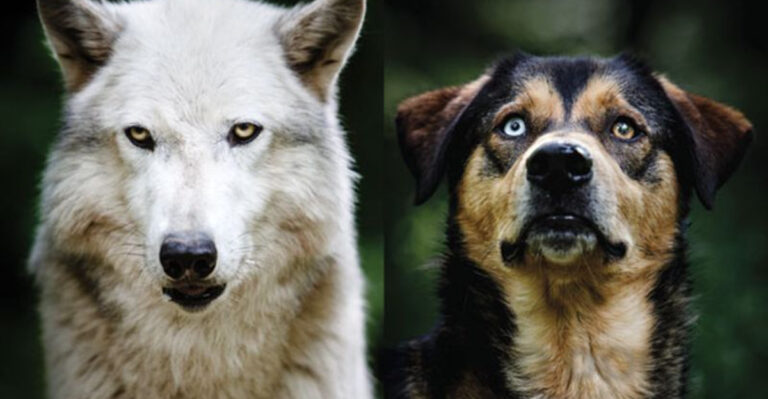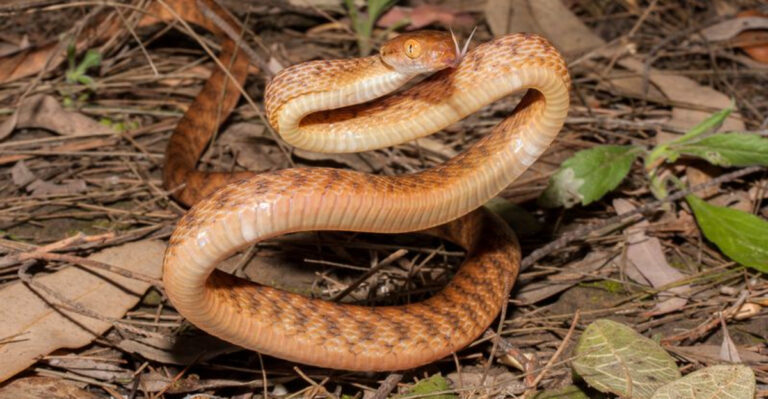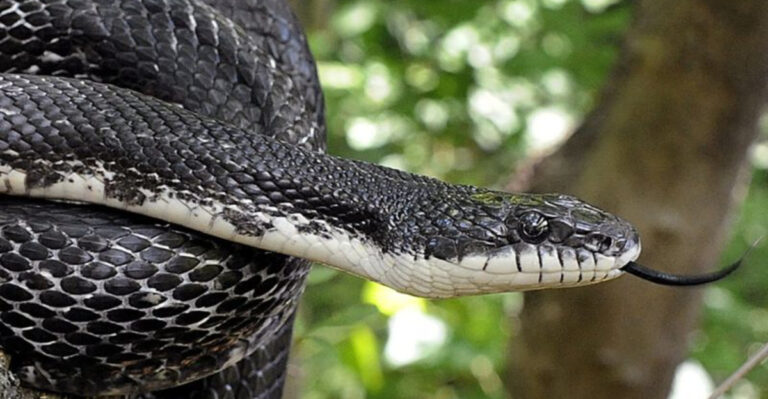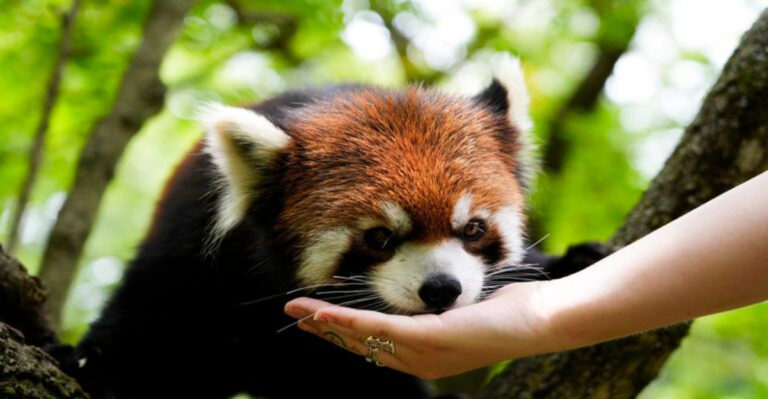Desert Foxes Are Making A Comeback In The U.S. National Parks
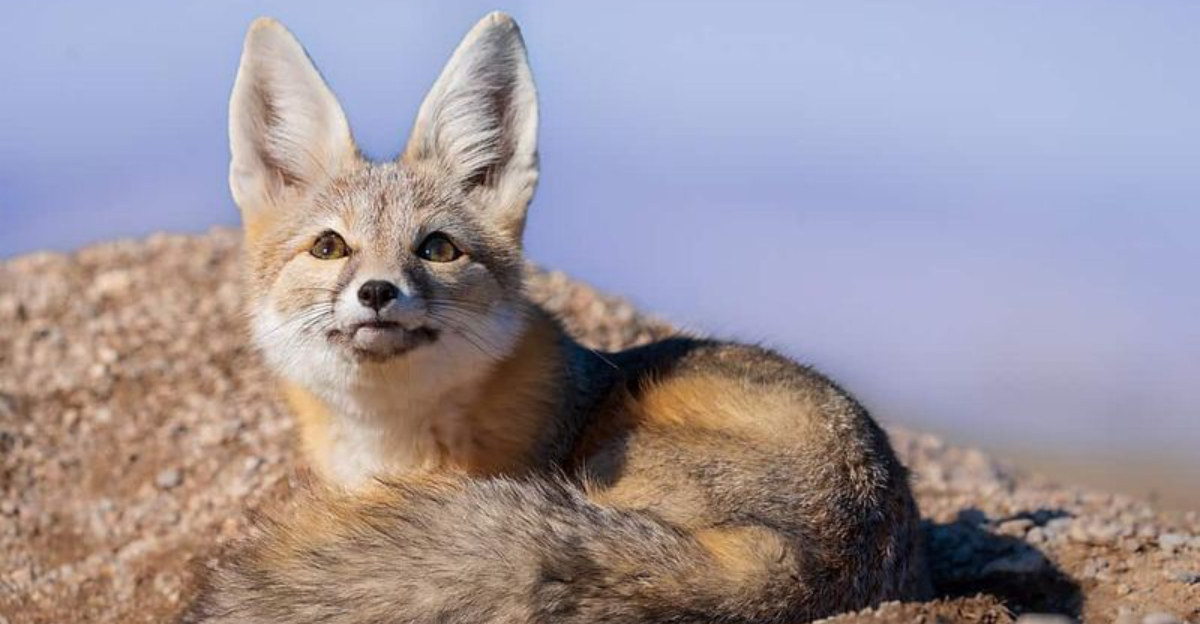
Desert foxes, particularly kit foxes, are slowly reclaiming their territory across America’s national parks. These adorable creatures with their oversized ears and petite frames nearly vanished due to habitat loss and human interference.
Now, thanks to dedicated conservation efforts, these nocturnal hunters are making a remarkable comeback in places like Death Valley and the Mojave Desert.
1. Kit Foxes In The Mojave Desert
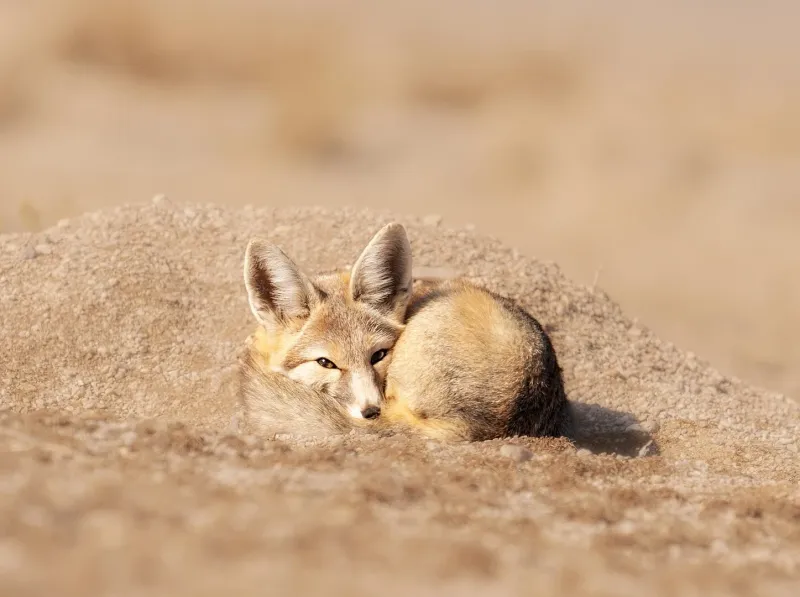
The smallest fox species in North America, kit foxes roam the sandy expanses of the Mojave with remarkable resilience.
Their lightweight bodies and cream-colored fur help them blend perfectly with the desert landscape. Scientists have documented increasing populations in recent years, a hopeful sign after decades of decline.
2. Habitat In Death Valley National Park
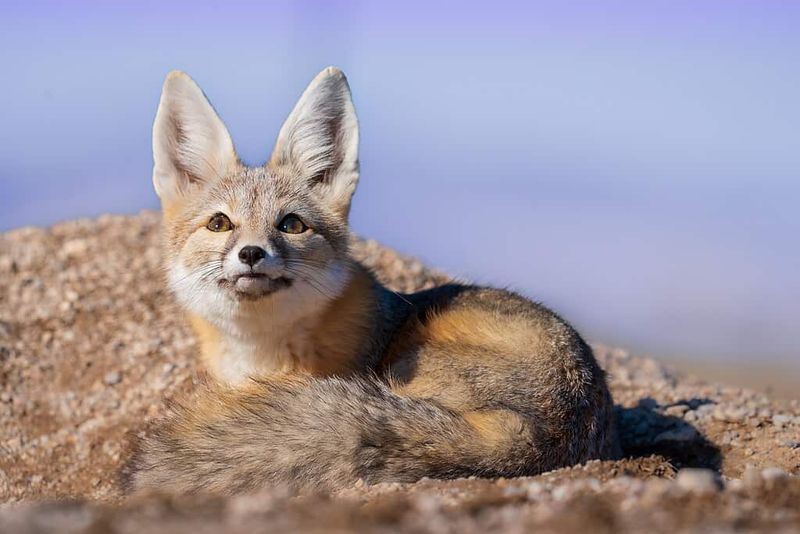
Against all odds, kit foxes thrive in Death Valley’s extreme environment. These resilient creatures seek shelter in the park’s alluvial fans and desert washes where food sources are more abundant.
Rangers have spotted increased den activity in previously abandoned areas, suggesting natural recolonization is underway.
3. Adaptations To Arid Environments
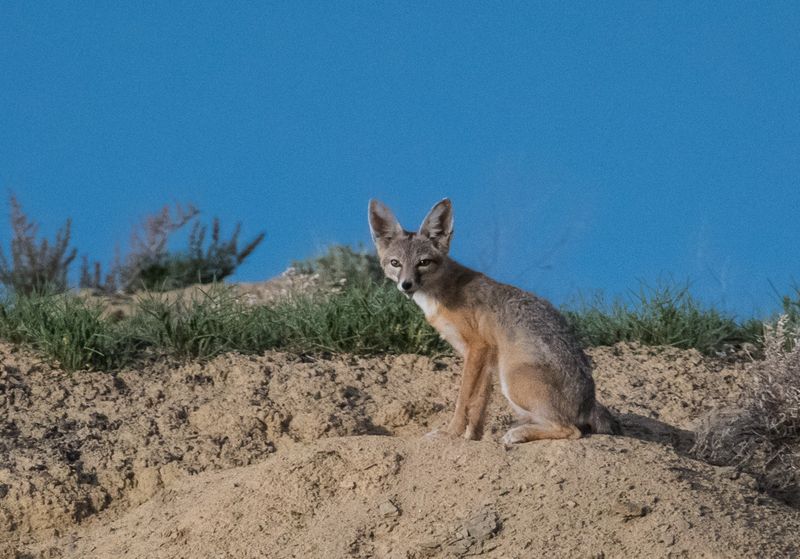
Those distinctive bat-like ears aren’t just for show! Kit foxes use their oversized ears as natural air conditioners, dissipating heat through blood vessels close to the skin surface.
Their specialized kidneys require minimal water, allowing them to survive without drinking for extended periods by obtaining moisture from their prey.
4. Diet And Hunting Techniques

Stealthy nighttime hunters, kit foxes pounce on kangaroo rats and desert mice with remarkable precision.
Their sensitive hearing can detect prey moving underground, giving them an edge in the sparse desert landscape. When animal prey is scarce, they’ll munch on insects, fruits, and native plants to survive.
5. Nocturnal Behavior
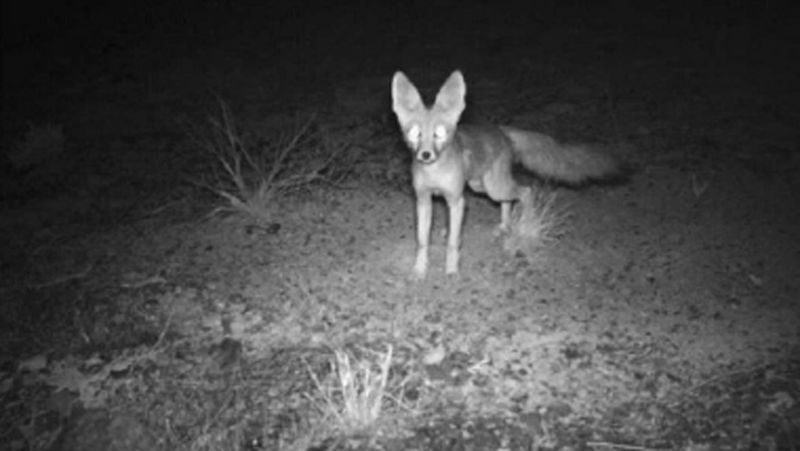
Kit foxes transform into lively creatures once the sun sets. Their enormous eyes contain special cells that enhance night vision, allowing them to navigate and hunt in near-total darkness.
During brutal summer days when temperatures soar above 120°F, they retreat to their multi-chambered underground dens that maintain cooler temperatures.
6. Reproduction And Denning
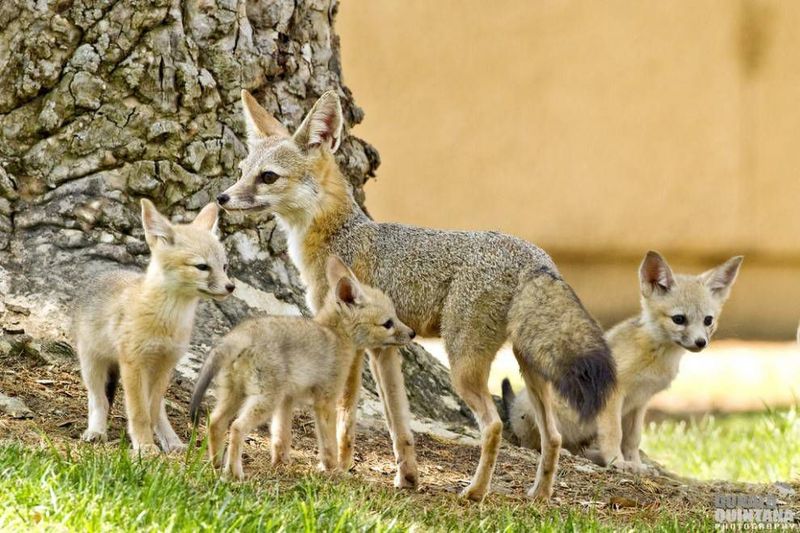
Family-oriented to the core, kit fox pairs often mate for life. Between January and February, females give birth to 1-7 pups in elaborate dens featuring multiple escape tunnels and separate chambers.
Both parents share pup-raising duties, with males hunting while females nurse, creating a successful family unit.
7. Conservation Efforts In National Parks

Rangers have established protected zones where vehicle access is strictly limited. These sanctuary areas allow foxes to establish territories without human interference.
Specialized wildlife cameras monitor population growth without disturbing the shy creatures. Successful breeding pairs now occupy territories that sat empty for decades.
8. Monitoring And Research
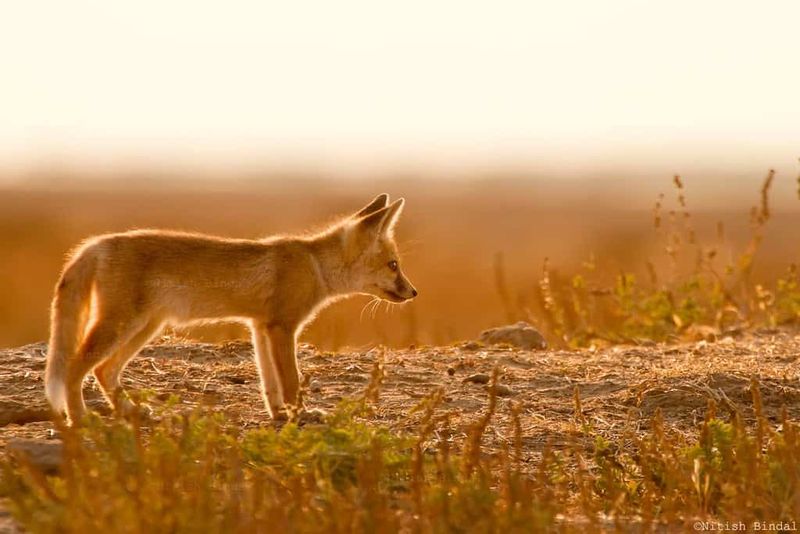
Biologists employ non-invasive hair-snare stations that collect DNA samples when foxes investigate scented lures.
This genetic material reveals population health, inbreeding concerns, and territorial ranges without capturing the animals. GPS collars on select individuals transmit real-time location data, creating detailed maps of movement patterns across seasons.
9. Challenges From Human Activities

Off-road vehicle enthusiasts unknowingly collapse fox dens with their heavy machines. One crushed den can displace an entire family, forcing them into less suitable habitat.
Light pollution from nearby developments disrupts their hunting patterns. Conservation teams now work with surrounding communities to implement fox-friendly lighting solutions.
10. Role In Ecosystem Balance
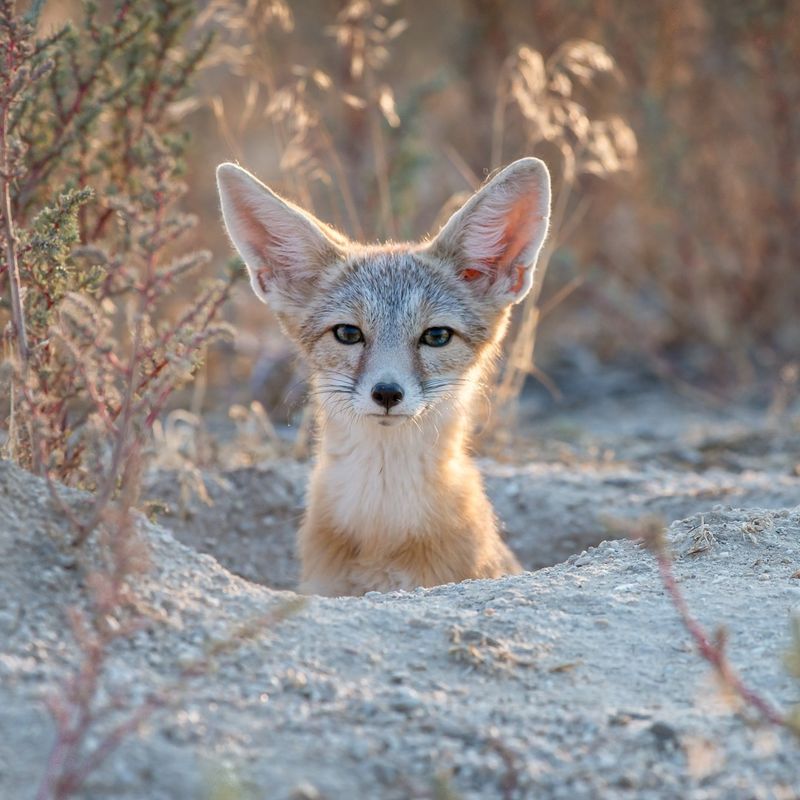
Nature’s pest controllers, a single fox family can consume thousands of rodents annually!
This natural predation prevents rodent population explosions that would otherwise damage native desert plant communities. Fox digging activities aerate soil and distribute seeds, fostering desert plant diversity in their territories.
11. Threats From Invasive Species

Introduced coyotes outcompete native foxes for limited resources. These larger canids will actively hunt kit foxes, forcing them to abandon prime territories.
Non-native grasses spread rapidly after wet years, transforming open hunting grounds into dense vegetation where foxes struggle to locate prey. Park staff now conduct targeted removal of these invasive plants.
12. Importance Of Preserving Desert Ecosystems
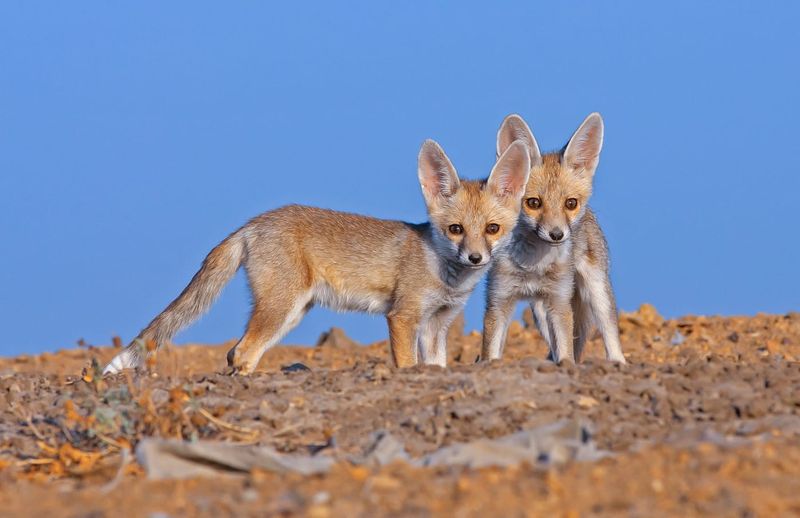
Healthy fox populations indicate thriving desert ecosystems. Their presence signals balanced predator-prey relationships and minimal human disturbance.
Desert landscapes once dismissed as ‘wastelands’ now receive recognition as biodiversity hotspots. Protection efforts for foxes benefit countless other species sharing their habitat.
13. Public Awareness And Education

Junior Ranger programs now feature fox-focused activities that teach children about these charismatic predators. Kids learn to identify fox tracks and recognize signs of their presence during guided hikes.
Visitor centers showcase live camera feeds from remote fox territories, allowing people to witness natural behaviors without disturbance.
14. Community Involvement In Conservation

Local residents participate in annual fox den surveys, providing crucial population data. Their volunteer efforts dramatically expand monitoring coverage beyond what park staff could achieve alone.
Native American tribes partner with park biologists, combining traditional ecological knowledge with modern science to develop culturally appropriate conservation strategies.
15. Future Outlook For Kit Foxes
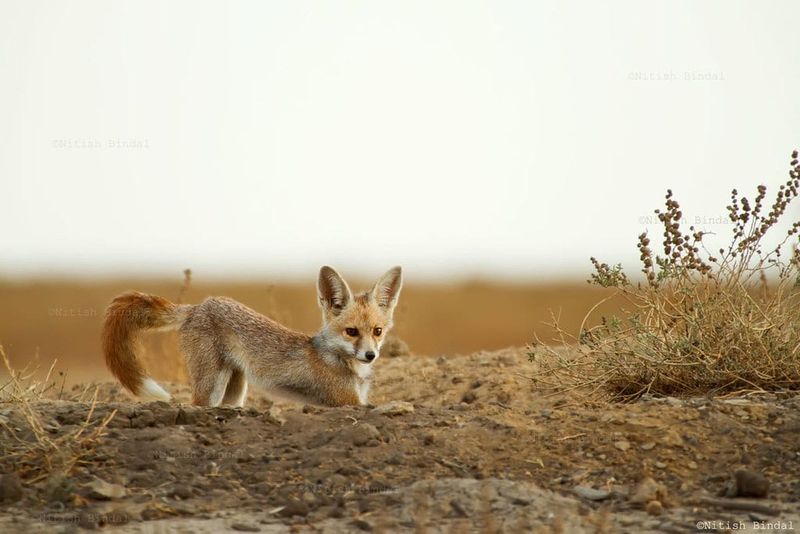
Population models suggest kit foxes could reclaim 60% of their historical range within protected lands by 2030. This remarkable recovery depends on continued habitat protection and climate adaptation strategies.
Collaborative efforts between parks, researchers, and local communities create wildlife corridors connecting isolated populations, enhancing genetic diversity and resilience.

